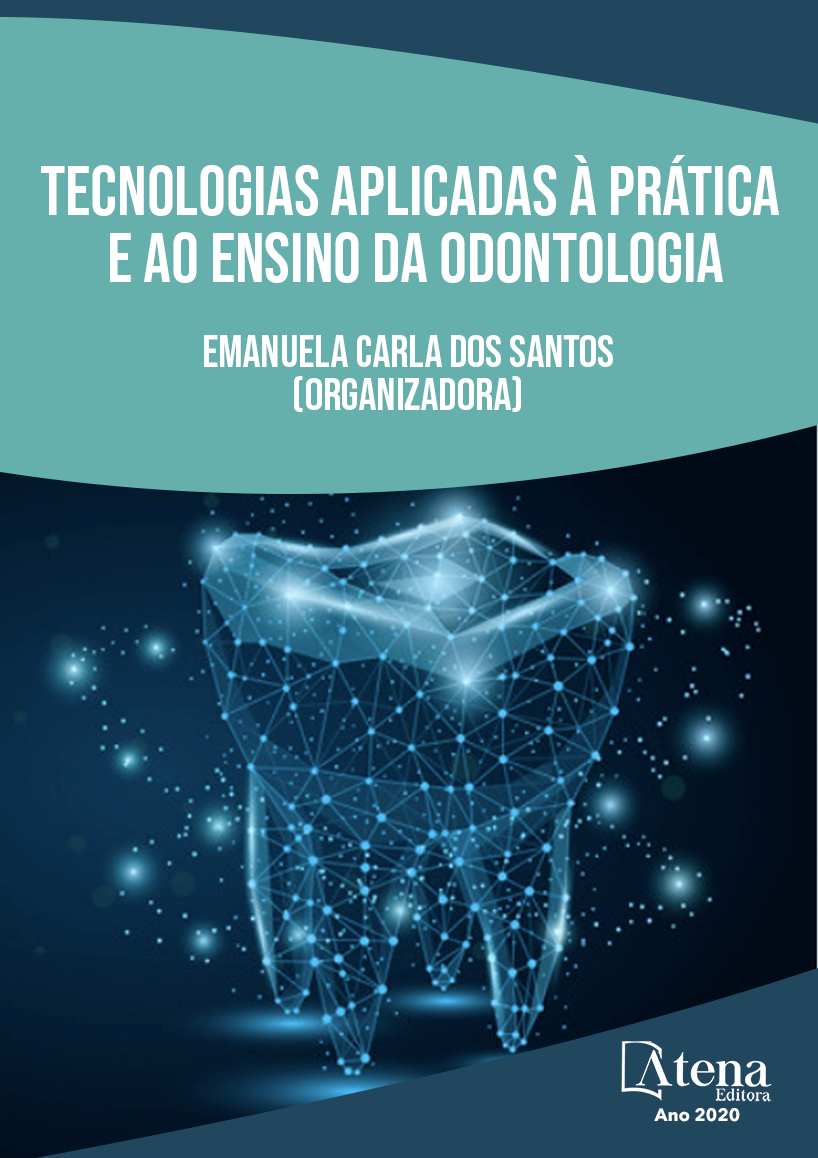
Avaliação da difusão dos íons hidroxila em relação ao material obturador remanescente em dentes submetidos a retratamento endodôntico
Introdução: O objetivo deste trabalho foi avaliar a difusão dos íons hidroxila em dentes submetidos ao retratamento endodôntico, por meio da variação do pH, em razão direta da capacidade de limpeza em retratamentos endodônticos. Material e Método: 120 dentes humanos monorradiculados foram tratados e divididos em 6 grupos. 4 foram obturados com guta-percha e cimento AH-Plus e retratados após três meses pelos sistemas MTwo e ProTaper sendo: G1-Mtwo 20.06 (MT20); G2- Mtwo 40.04 (MT40); G3- ProTaper F1 (PTF1); G4- ProTaper F4 (PTF4) e os grupos Controle Negativo (CN) e Controle Positivo (CP) sem e com hidróxido de cálcio respectivamente. O tempo dispendido para o retratamento foi registrado. O material residual foi mensurado por meio de imagens obtidas em tomografia micro computadorizada e observadas no Programa Image Pro Plus. Excetuando-se o grupo CN, os dentes foram preenchidos com hidróxido de cálcio e colocados em frascos individuais contendo água deionizada. Mediu-se o pH em 7, 21, 45 e 60 dias. Os dados foram analisados e comparados pelos testes de Kolmorogov-Smirnov e Shapiro Wilk para verificação da normalidade e o de Tukey HSD de comparações múltiplas a 5%. Resultados: Os grupos MT40 e PTF4 foram mais efetivos na remoção de resíduos, porém iguais entre eles (p>0,05). Com relação ao pH, PTF1 dificultou a difusão do hidróxido de cálcio (2,07±0,41) diferindo estatisticamente de MT40 (2,55±0,43) e CP (2,49±0,43) (p<0,05). O sistema ProTaper foi mais rápido que o MTwo (p<0,05). Conclusão: A variação do pH ocorreu nos canais retratados endodonticamente, mostrando menor difusão de íons hidroxila quando a quantidade de resíduos foi superior a 59%
Avaliação da difusão dos íons hidroxila em relação ao material obturador remanescente em dentes submetidos a retratamento endodôntico
-
DOI: 10.22533/at.ed.72820050612
-
Palavras-chave: Endodontia. Hidróxido de cálcio. Retratamento endodôntico. pH. Difusão.
-
Keywords: Endodontics. Calcium hydroxide. Endodontic retreatment. pH. Diffusion.
-
Abstract:
Introduction: The aim of this study was to evaluate the diffusion of hydroxyl ions in teeth submitted to endodontic retreatment, by varying the pH, in proportion to the cleaning ability in endodontic retreatment. Methods: 120 human teeth monorradiculados were treated and divided into 6 groups. 4 were filled with gutta-percha and sealer AH-Plus and portrayed after three months by MTwo and ProTaper systems as follows: G1-Mtwo 20:06 (MT20); G2 Mtwo 40.04 (MT40); G3 ProTaper F1 (PTF1); G4 ProTaper F4 (PTF4) and negative control groups (CN) and Positive Control (PC) with and without calcium hydroxide respectively. The time taken to retreatment was recorded. The residual material was measured by means of images obtained in micro computed tomography and observed in the Image Pro Plus. Except for the normal control group, the teeth were filled with calcium hydroxide and placed in individual vials containing deionized water. PH was measured at 7, 21, 45 and 60 days. The data were analyzed and compared by testing Kolmorogov-Smirnov and Shapiro-Wilk to verify the normality and the Tukey HSD multiple comparisons to 5%. Results: The MT40 and PTF4 groups were more effective in removing waste, but equal to each other (p> 0.05). With respect to pH, PTF1 hindered the diffusion of calcium hydroxide (2.07 ± 0.41) were significantly different from MT40 (2.55 ± 0.43) and CP (2.49 ± 0.43) (p <0 , 05). The ProTaper system was faster than MTwo (p <0.05). Conclusion: The pH variation occurred in endodontically retreated canals, showing lesser of hydroxyl ions when the amount of waste was more than 59%
-
Número de páginas: 16
- CAMILA PAIVA PERIN
- Vania Portela Ditzel Westphalen
- Luiz Fernando Fariniuk
- NATANAEL HENRIQUE RIBEIRO MATTOS


